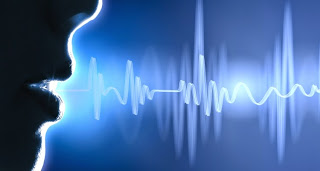| Online: | |
| Visits: | |
| Stories: |
The Power of Sound
by John Levine
OM Times
Sound can be described as a rate of vibrational frequencies that travel through certain media, such as air or water. These vibrational frequencies which can be sensed by the human ear are 20 to 20,000 vibrations per second (Hz). Frequencies above this range are known as ultrasound and those below known as infrasound. Although these frequencies cannot be heard, both are still able to powerfully influence our physiology on a cellular level.
Some (ultra)sounds and certain frequencies are known to create a kind of cellular ‘massage,’ in which the cells oscillate and communicate the sound through and around them with therapeutic results. Pioneering doctors, such as Professor Mark Emberton, are even using intense ultrasound waves to selectively target and treat cancer sites, so far with very promising clinical trial results.
Infrasound, on the other hand, is also known to influence our physiology, but not in such a positive way. It is a powerful type of sound, able to travel over long distances and cause symptoms such as disorientation, physical pressure, fears, anxiety, nausea, elevated heart rate, or increased blood pressure after exposure to it. Its negative effects have been used in the past as weapons.
There is an increasing body of evidence-based research now available, making it difficult to deny the influence that music, and sound generally, has on our physiology; in particular, that of the mind. In addition to this, increasing numbers of us are recognizing the importance our emotions have on our physical health and immunity.
Discoveries and testimonials are being shared on forums and social media platforms almost daily, including this inspiring story from a lady who suffered from insomnia:
Read more »
Source:





